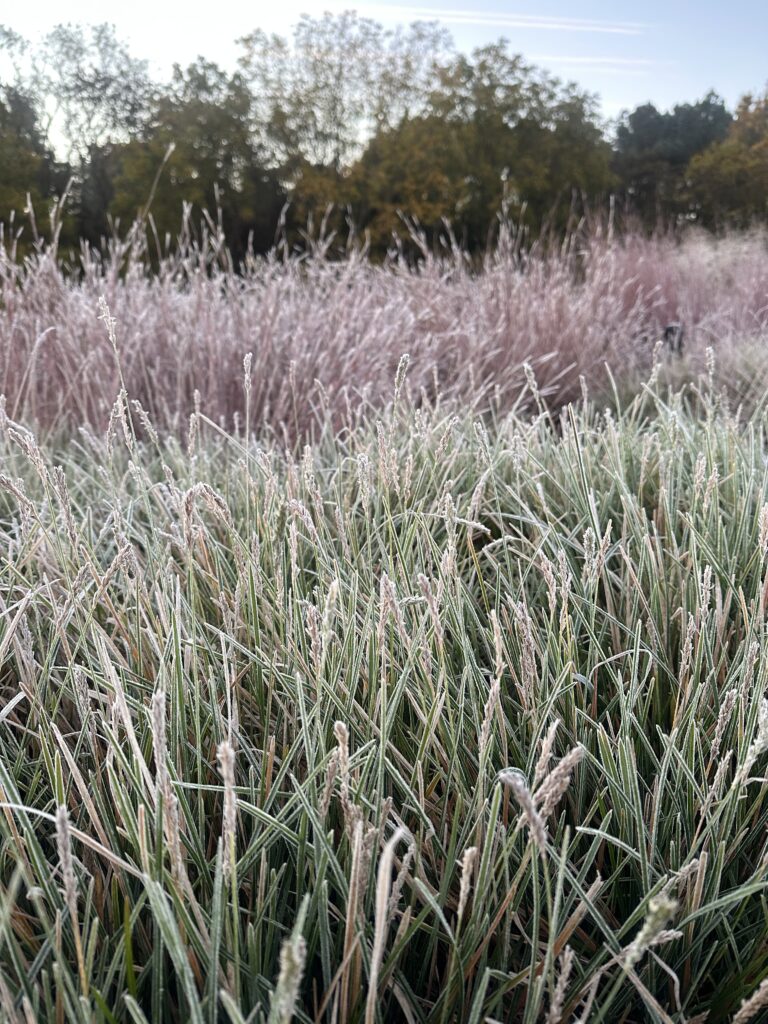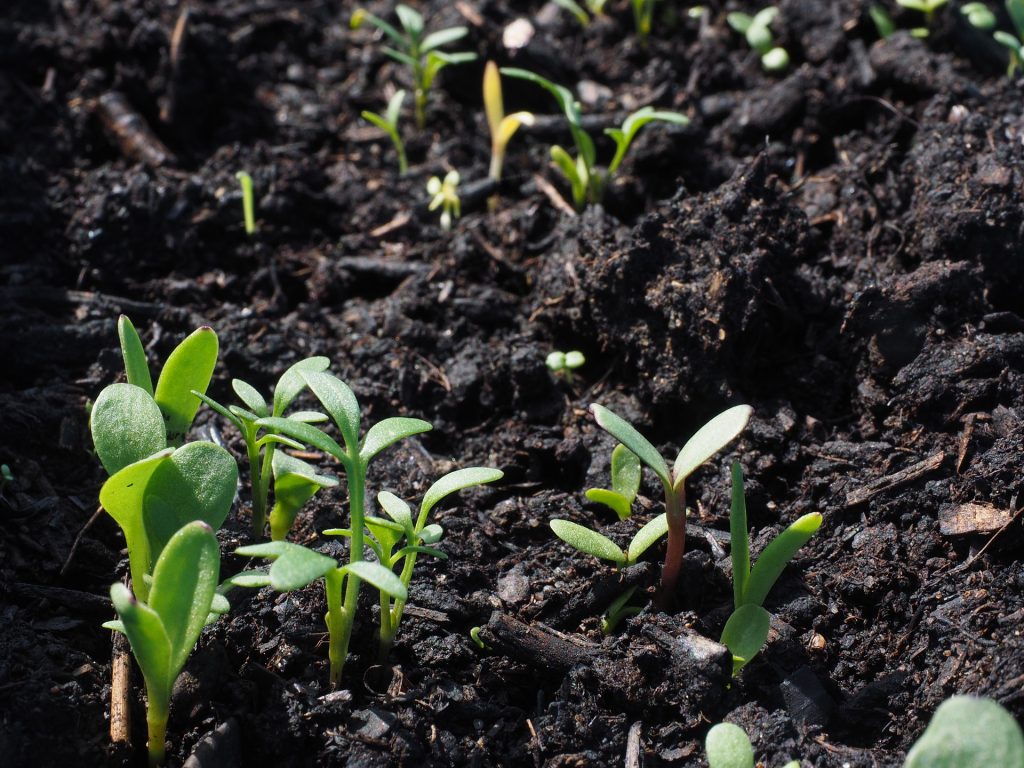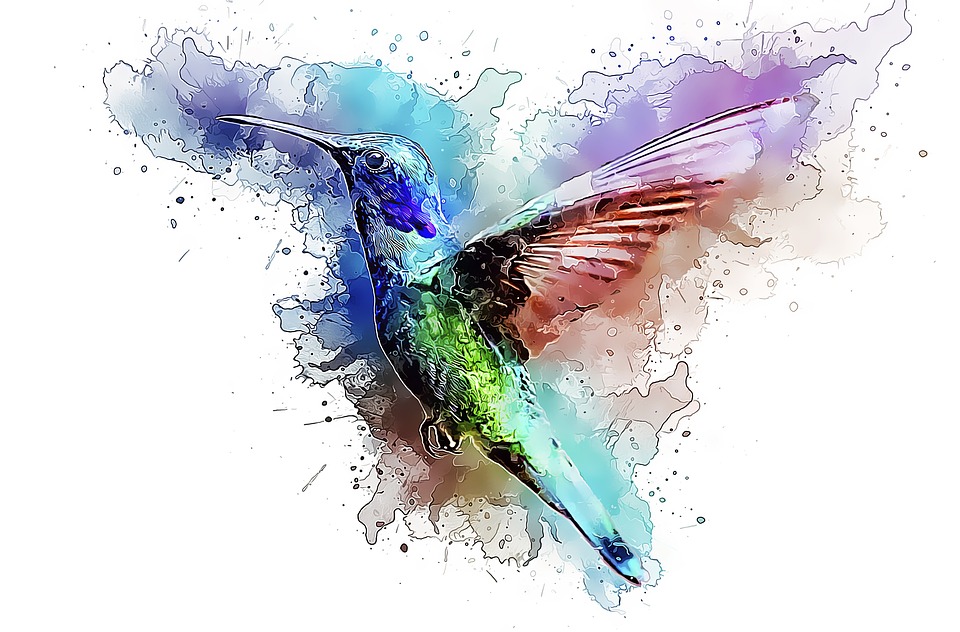Winter Interest in the Garden: A Time for Reflection, Renewal, and Ecological Harmony
Winter in the garden often goes unnoticed, a quiet interlude in the symphony of seasons. Yet, this dormant period holds profound beauty and meaning for those who choose to see it. It is a time when the earth rests, wildlife adapts, and we, as stewards of the land, are given a moment to reflect on the interconnectedness of life and the need for a deeper, more sustainable approach to gardening.
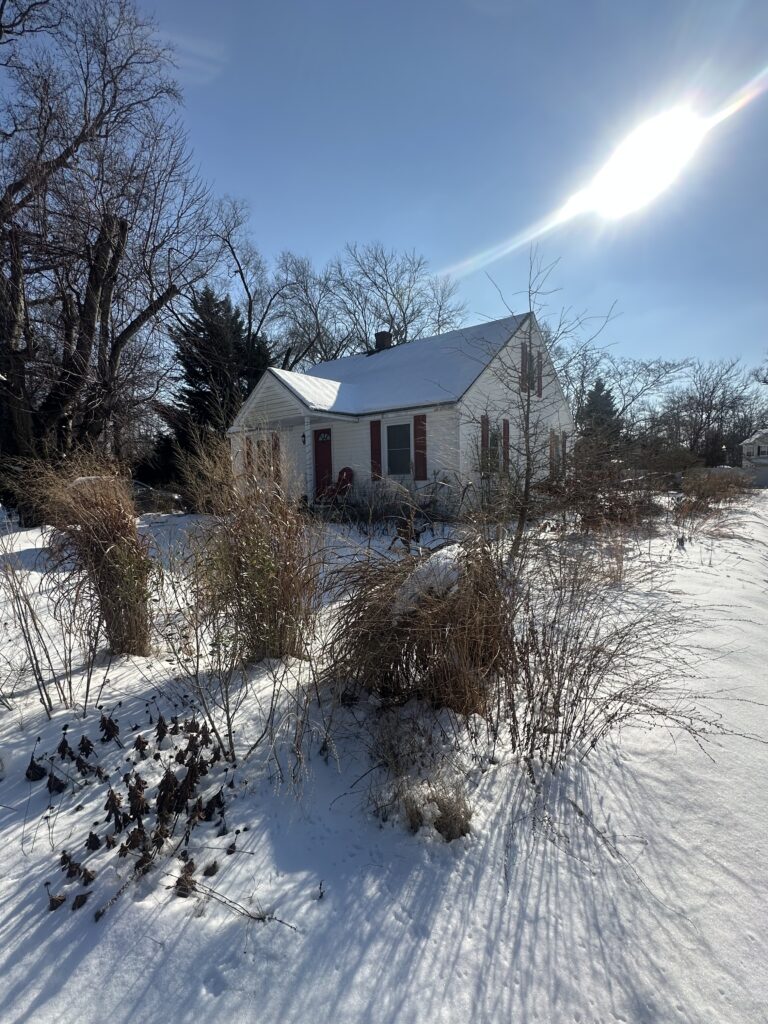
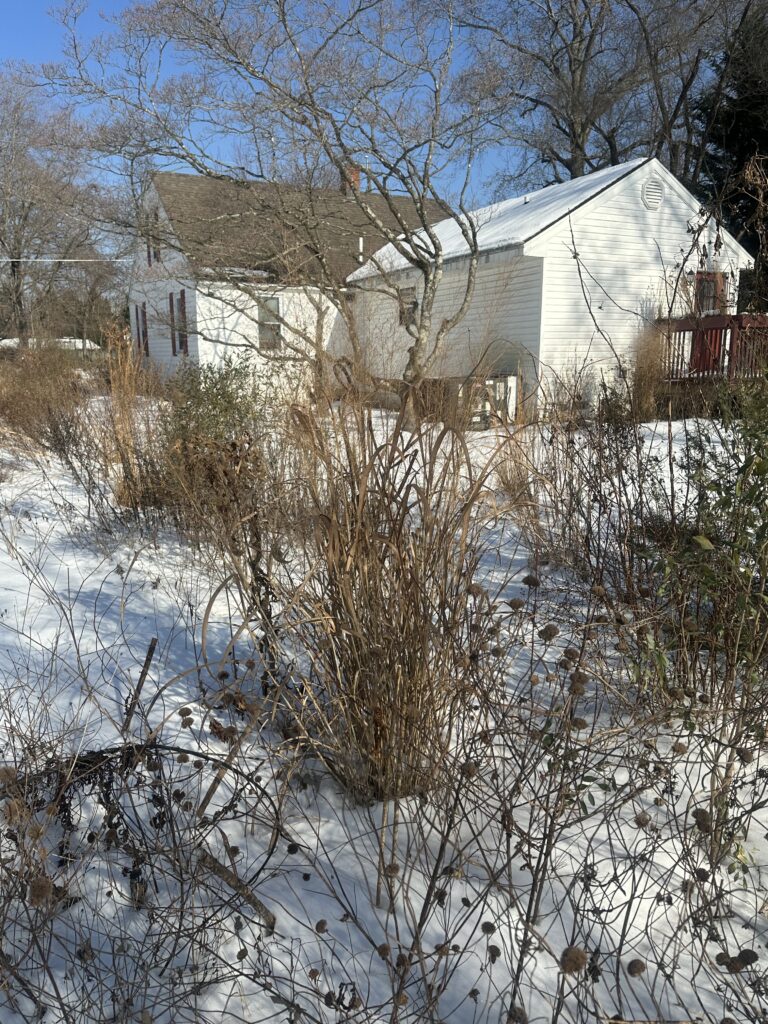
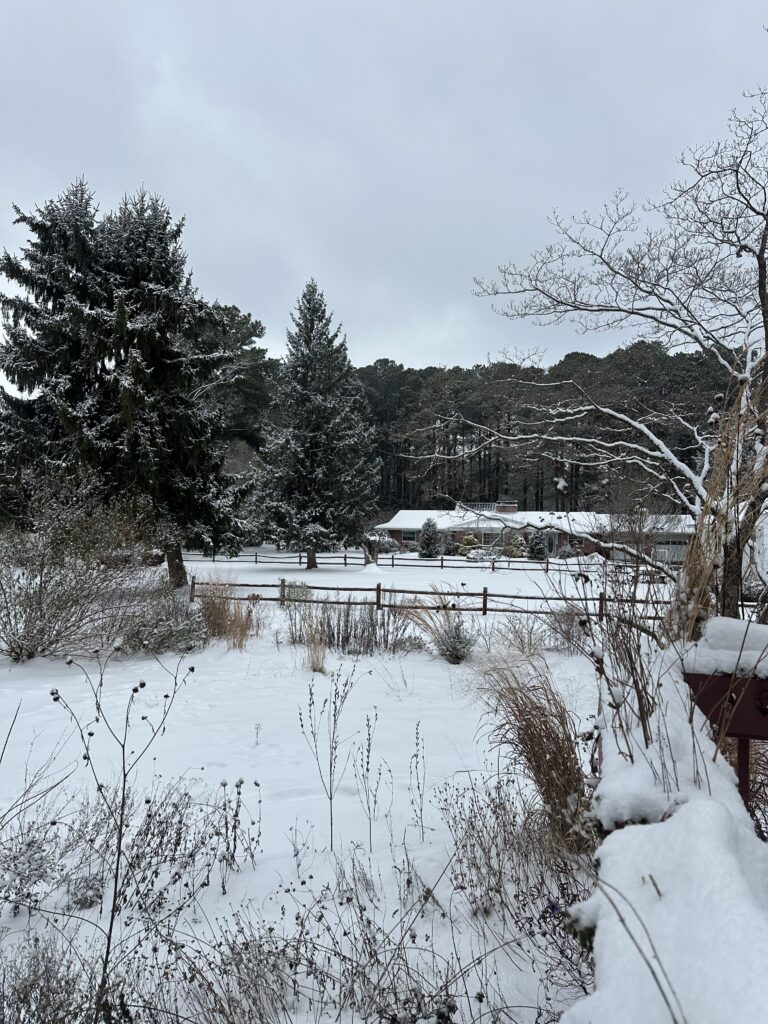
The Beauty of Winter Interest
Winter unveils the garden’s structure, stripping away the distractions of lush summer growth to reveal the raw architecture of trees, shrubs, and perennials. Dried seed heads, adorned with frost or shimmering under the weight of morning dew, create an ethereal display that rivals the most extravagant blooms. The russet tones of ornamental grasses, the silvery bark of birches, and the stark silhouettes of oaks against a pale sky remind us of nature’s artistry.
Yet this beauty is not merely aesthetic—it is deeply functional. These dried seed heads and skeletal forms provide vital resources for overwintering wildlife. Birds such as finches and sparrows feed on seeds, while hollow stems and leaf litter offer shelter for hibernating insects and other small creatures. What appears dormant to our eyes is, in fact, teeming with life, a quiet testament to the resilience of nature.
Ecology in the Winter Garden
The winter garden is a critical habitat for countless species. By leaving plants standing through the season, we support the ecological processes that sustain life. Native plants, in particular, play a pivotal role. Their deep roots stabilize soil, prevent erosion, and filter water, protecting nearby rivers and streams. These plants also support specialized relationships with local fauna, such as pollinators and seed dispersers, creating a living web of interdependence.
Our tree canopies, often overlooked in winter, continue their vital work even in dormancy. They sequester carbon, moderate temperatures, and provide shelter for birds and mammals. Beneath them, the soil teems with microbial life, a hidden network that nourishes plants and cycles nutrients. This intricate system underscores the importance of a natural, habitat-focused approach to gardening.
Rethinking Our Relationship with Nature
For decades, the world of gardening has been dominated by commercial aesthetics—pristine lawns, manicured hedges, and a preference for imported plants that offer year-round greenery but little ecological value. This mindset prioritizes appearance over function, often at the expense of biodiversity and soil health. As our planet faces the twin crises of climate change and habitat loss, this approach is no longer tenable.
Instead, we must embrace a philosophy of gardening that views the landscape as a “comfort web,” a living system that nurtures not only human needs but also the earth’s. This means prioritizing native plants, reducing chemical inputs, and reimagining the winter garden as a sanctuary for wildlife and a canvas for natural beauty.
At Home in Nature
In the quiet stillness of our winter garden, flashes of vibrant red catch the eye as northern cardinals gather to feed on the dried, dark berries of native Pokeweed. Their bold plumage is a stunning contrast against the muted landscape, a reminder of life persisting through the cold. Nearby, hedge sparrows flit and flutter, alighting delicately on the dried seedheads of coneflowers. Their movements are a lively dance, scattering seeds to the ground as they forage.
These moments of wildlife activity highlight the essential role of native plants in sustaining bird populations during the harsh winter months, transforming the dormant garden into a sanctuary for survival and beauty.
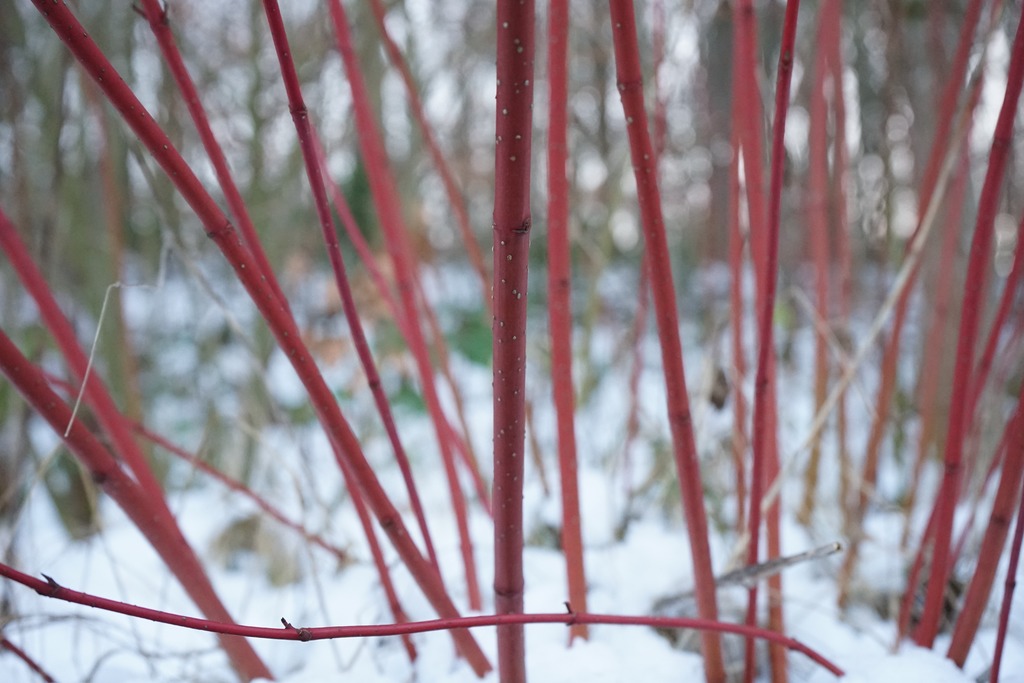
The Call for Restoration
The growing trend toward naturalistic gardening is not new—it has been quietly gaining momentum for decades. Visionaries like Piet Oudolf have championed the idea that gardens should mirror the rhythms of nature, celebrating every season for its unique contributions. Yet, more dramatic change is needed.
Restoration must become a collective effort. We must rewild our backyards, replant our hedgerows, and protect our tree canopies. We must see gardens not as isolated patches of beauty but as integral parts of a larger ecosystem that includes our soils, waters, and rivers. By doing so, we can create landscapes that are not only resilient but also restorative, healing the earth and ourselves in the process.
Finding Beauty in Sustainability
Winter offers us the chance to slow down and appreciate the cycles of life. As we gaze at frost-kissed seed heads or listen to the rustle of dry leaves, we are reminded of nature’s ability to endure and adapt. This season, let us find comfort not in artificial perfection but in the raw, authentic beauty of the natural world.
By embracing a natural approach to gardening, we honor the earth, its inhabitants, and its future. It is a small but powerful way to protect our shared home, ensuring that the quiet beauty of winter and the vibrant life of spring can be enjoyed for generations to come.
References and Further Reading on Winter Interest in the Garden
1. Doug Tallamy – “Bringing Nature Home”
Explore the importance of native plants in creating habitats for wildlife and sustaining biodiversity year-round.
2. Piet Oudolf – “Planting: A New Perspective”
Learn about naturalistic planting designs and how to create gardens that celebrate all seasons, including winter.
3. National Wildlife Federation – Winter Habitat Tips
Practical advice for turning your garden into a wildlife-friendly haven during the winter months.
4. The Royal Horticultural Society (RHS) – Winter Interest in Gardens
An excellent resource on selecting plants for winter beauty and ecological value.
5. Cornell Lab of Ornithology – Feeding Birds in Winter
Detailed insights into supporting bird populations through planting choices and habitat conservation.
6. Missouri Botanical Garden – Native Plants for Winter Wildlife
A curated list of native plants that provide seeds, shelter, and food for birds and insects in winter.
Missouri Botanical Garden Winter Plants
7. American Meadows – Winter Gardens
Inspiration for creating meadows and perennial gardens with year-round interest, emphasizing sustainability.
American Meadows Guide to Winter Gardens
8. Audubon Society – Winter Birding Resources
Tips on attracting and supporting birds in your garden during winter, with an emphasis on native plants.
9. USDA Forest Service – The Importance of Tree Canopies
A deep dive into the role of trees in supporting ecosystems, even in dormant seasons.
USDA Forest Service on Tree Canopies
10. University of Minnesota Extension – Winter Landscape Design
Suggestions for designing landscapes that balance ecological function with aesthetic appeal during winter.
I share these resources to provide a rich foundation for understanding and embracing winter interest in the garden, blending beauty, ecology, and sustainable practices.

